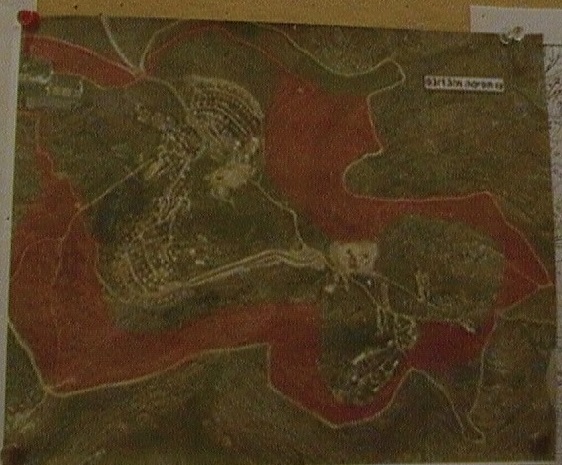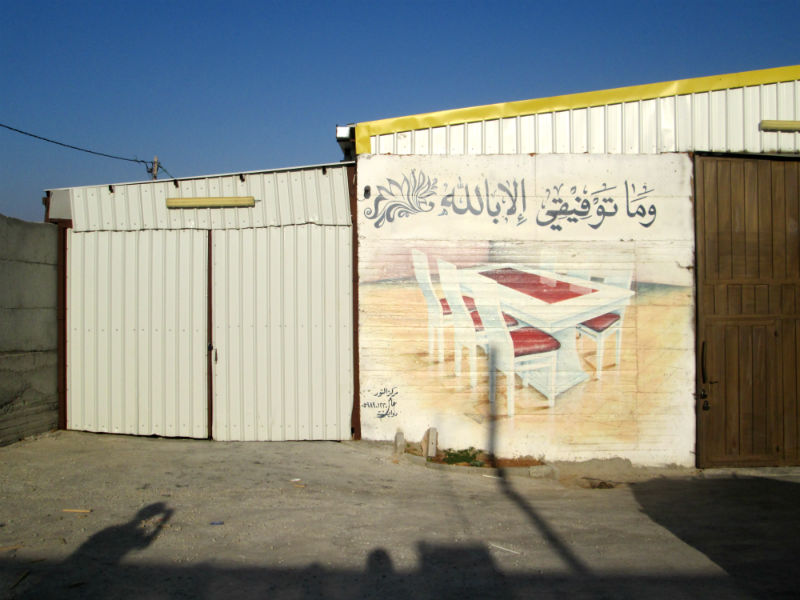Year: 2013
-
Land confiscation continues in Awarta
24th June 2013 | International Solidarity Movement, Nablus Team | Awarta, Occupied Palestine Awarta, a small village south east of Nablus, faces constant intimidation from the Israeli army and nearby Itamar settlement. In the past month, the Israeli Civil Administration handed out two land confiscation orders to residents of Awarta. The first one, three weeks…
-
Army to Duma: “Stop building!” Duma to army: “We’ve built already”
24th June, 2013 | International Women’s Peace Service & International Solidarity Movement, Team Nablus | Duma, Occupied Palestine On Thursday 20th June, Israeli soldiers and border police handed out “stop building” orders to 11 buildings in the village of Duma, southeast of Nablus. The papers state that owners of the targeted buildings, which include family…
-
Witness to a child arrest in occupied Hebron
24th June 2013 | International Solidarity Movement, Khalil Team | Hebron, Occupied Palestine Since coming to the West Bank I had heard a lot about the Israeli army detaining and arresting children. Despite this, the first time I saw it myself, I was amazed. Amazed that people – young soldiers – could intimidate, harass and…



